12 Best Growth Hacking Strategies and Examples of All Time
Founder and Editor-in-chief
The Starting Idea
Here are 12 innovative growth hacking strategies startups can use to grow exponentially in 2024. These are the same growth marketing strategies used by now iconic startups before they were famous.
We have arranged these startup growth hacking examples based on sheer ingenuity and unorthodox marketing creativity that made these startups first explode in the market.
But first, let’s tackle some basics.
What is growth hacking?
In simple words, growth hacking is an innovative and unorthodox way to get massive results fast while bypassing old-established processes.
In marketing terms, growth hacking means to implement non-traditional marketing strategies that are driven by creativity and data to get massive results fast, all the while spending little to no money on getting these results.
Growth hacking is often used by early-stage startups that are bootstrapped for funds.
What is the goal of a growth hacking strategy?
The ultimate goal of a growth hacking strategy plan is to get as many customers and leads as possible without spending too much money. That is why growth hacking is the go-to marketing response for an early-stage startup.
Now that we are clear on what exactly is growth hacking, and its goal, let’s dive right into some actionable strategies to grow your startup in 2024.
Read on to get a point by point breakdown of famous startup growth hacks along with the software and resources you need to execute the strategy yourself.
1. The YouTube Growth Hack
One of the no.1 growth hacking strategies for new startups is to grow a brand on YouTube.
YouTube is one of the biggest channels for content consumption. A long term strategy to grow your brand here can give you a far bigger ROI than buying ad space on television or billboards.
When you consistently post valuable content, it builds trust, reputation, and makes your brand trigger specific associations that can benefit your product greatly.
One of the best examples of a famous startup using YouTube to growth hack its brand is the camera company, GoPro.
GoPro used YouTube effectively to showcase its overall product experience by posting videos captured through the device.
After demonstrating its high-definition video experience and building a fanbase, it doubled down on brand building by asking its users to post their videos and tagging GoPro.
GoPro would then go on to post the best fan-made videos on its official channel, thus giving acknowledgment and exposure towards its fanbase.
This led to massive relationship building and brand loyalty for GoPro among its fans.
All of this led to increased views on YouTube, and ultimately more loyal customers for the brand. GoPro is currently at 7.93 million subscribers and counting.
Imagine how much it would have cost the company to reach out to such a massive audience with paid ads?

Another great example of YouTube growth hacking is Red Bull.
Being an energy drink, Red Bull has its brand revolving around an active, high adrenaline lifestyle.
They effectively promote this lifestyle by posting videos about daredevil stunts and athletic feats, thus living the values of a high energy brand.
The channel has over 8.95 million subscribers and has done wonders for Red Bull’s brand association.

How to apply this growth hack for your product?
To implement this for your brand, you need to start a YouTube channel and start posting consistent content around a topic.
The best idea for content creators right now will be to post consistent content on a specific niche and create videos giving solutions to all the problems in that niche.
You can use a growth hacking tool like TubeBuddy to grow your YouTube channel in a fast and strategic way.
It will give you critical insights, like search volume, ranking difficulty, related keywords, and tags.
All of this can help you optimize your YouTube SEO and help you strike YouTube gold by making your videos rank high in your niche.
The nifty tool also comes with other creator-focused tools like thumbnail generator, end screen templates, and canned responses.
A must-have tool for all YouTube creators.

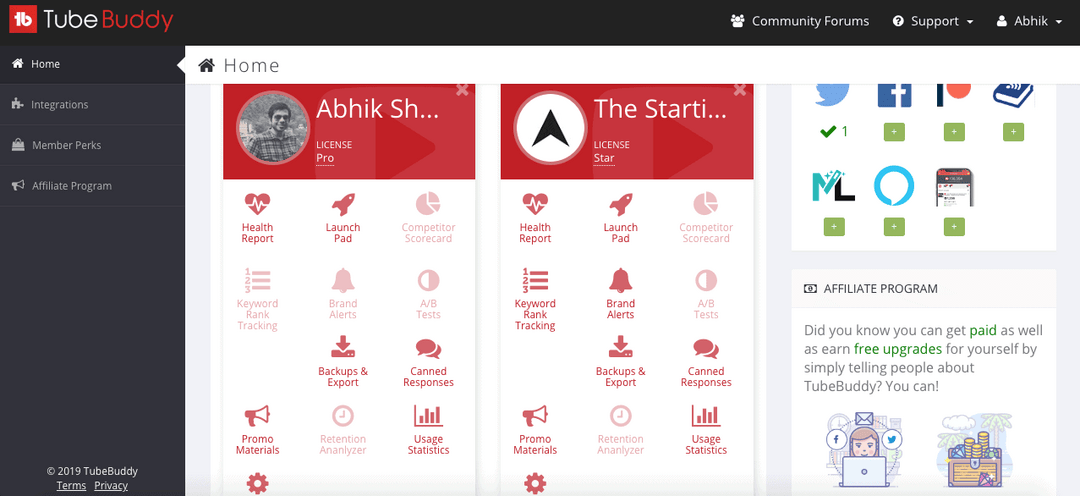
2. Product Integration
Why build a user base from scratch when you can leverage the product in front of a beloved platform with tens of millions of highly engaged and active users?
This growth hack is called the platform integration hack and has been made famous by Airbnb‘s use of Craigslist‘s platform to grow their user base substantially.
Though Airbnb was a much more sophisticated and verifiable platform than Craigslist, it lacked the Craigslist user base.
So in order to build its own user base, Airbnb implemented a platform integration hack by listing all the listings in their platform simultaneously on Craigslist.
Any user searching for vacation rentals ran into a barrage of professional listings with Airbnb’s name inviting clients to click on it.
Side by side, Airbnb also used an email campaign to inform people who posted on Craigslist about how much more easy and convenient it was to post on Airbnb too.
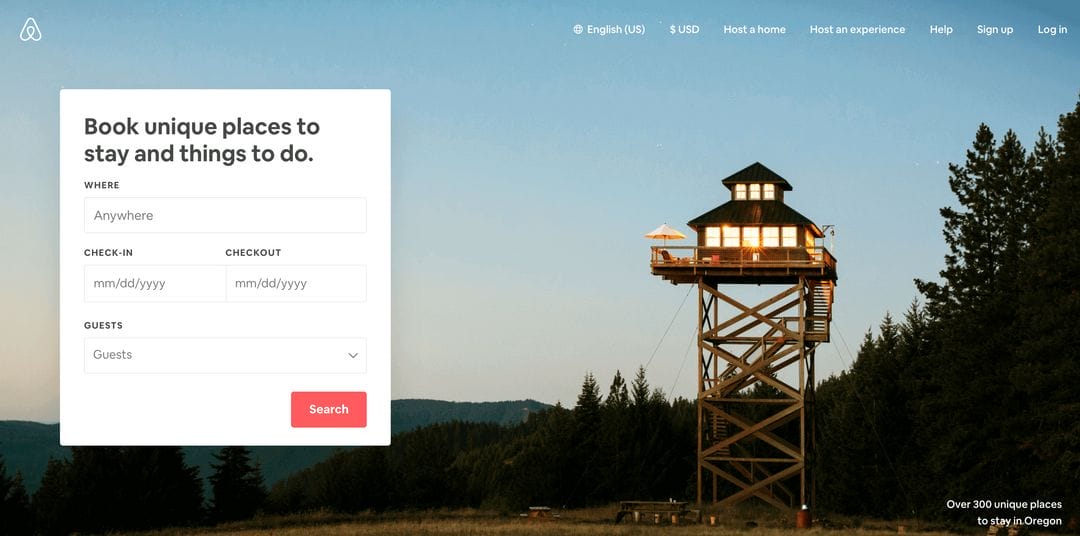
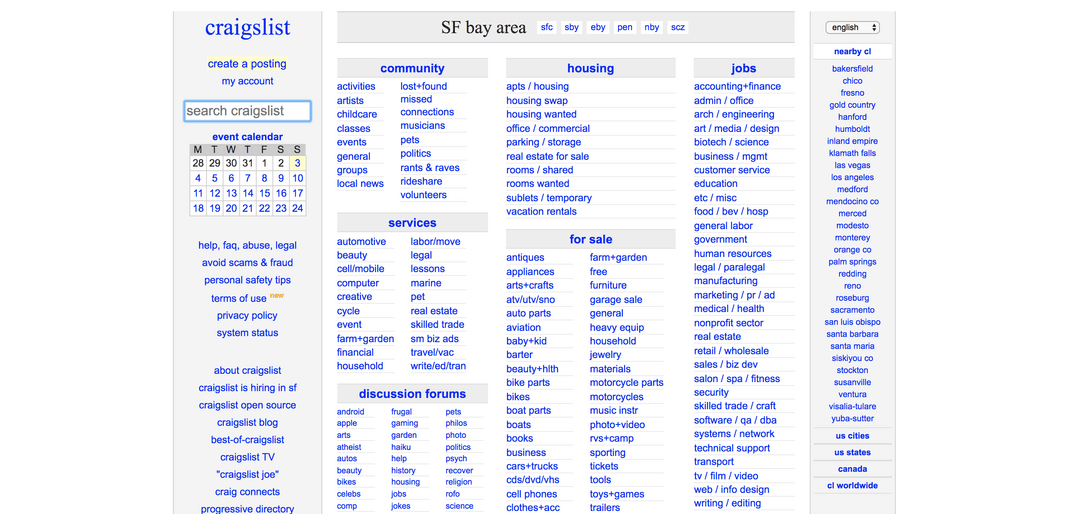
How to apply this growth hacking strategy for your startup?
You can implement this startup growth hack by first figuring out the platforms that have a large amount of your user base.
Think about the sites and places your target customer frequents and then create tie-ups with these companies and properties to promote your product.
The tie-up can be monetary, where you offer them a certain amount of money in exchange for the placement.
Alternatively, you can offer to make them your affiliate where you pay them a certain percentage per sale made through their platform.
If you are a SaaS startup, you can tie up with a site like AppSumo to get the initial sales and user base for your product.
AppSumo is a SaaS marketplace with almost a million subscribers. They run lifetime deals on software and effectively market new SaaS startups to generate sizeable revenue.
As a startup, you can tie up with them and offer your product on their platform.
3. Build Virality into your product.
Once a product has virality built into its functionality, the user base can skyrocket fairly quickly.
Take the case of WhatsApp. Once you started to use the product, you felt encouraged to invite your friends and family on to the platform so they can interact with you via free calls, messages, etc.
As they came on board and started using it, they felt the same encouragement to invite people in their own network so they can use the product to its full potential.
Thus virality was built into the very functionality of WhatsApp thus led to its massive popularity. Most platform based products have virality built into them.
Some other examples of platforms with viral factors are Facebook, Craigslist, and LinkedIn.

How to apply this growth hacking strategy for your startup?
To implement thisstartup growth hack, you need to provide a certain value (with WhatsApp it was free calls on the internet) which is exclusive to your platform and can be availed when other users get on the platform with you.
4. Have a fairly simple homepage.

How to apply this growth hacking strategy for your startup?
To implement this startup growth hack include one headline highlighting the value proposition of your startup along with a simple and clear CTA.
This makes the users understand what you and your startup are all about in a very quick, simple, no-frills way.
Clear and concise information allows them to take action fast.
5. Implement gamification into the product
Implementing gamification (point scoring, giving ranks, creating competition with other users, having rules of play) is a much-overlooked marketing technique which can instantly hack growth of a product.
Human beings by nature are competitive and by creating the atmosphere of game playing with rewards for better performance can lead to instantly high graphs of engagement in the product.
The company which has mastered this the best is LinkedIn.
LinkedIn users are prompted to fill their profile, unlocking various levels of achievement, based on how much information they upload on their profiles.
The levels of achievement are marked with names such as All Star, expert, advanced, etc., which act as great social proofs in a user’s professional network.
Another employment of gamification is the endorsement feature where LinkedIn users can be endorsed by each other for particular skillsets.
Each skill shows the number of times it has been endorsed by other users with their profile pic showing next to the skillset.
Profiles with endorsements are 13x more viewed according to LinkedIn.

How to apply this growth hacking strategy for your startup?
To implement this growth hack for your startup business, use a tool like Vyper to implement gamification, and get your users engaged with your content.
Use their gamification widget tool to give points to your users when they complete an action (for example, submit their email to access a product).
Next, as they get the access link via their email. You can offer more rewards that the user can unlock when they gain more points.
These points can be gained by doing other actions like subscribe to your YouTube channel, follow you on Twitter, etc.
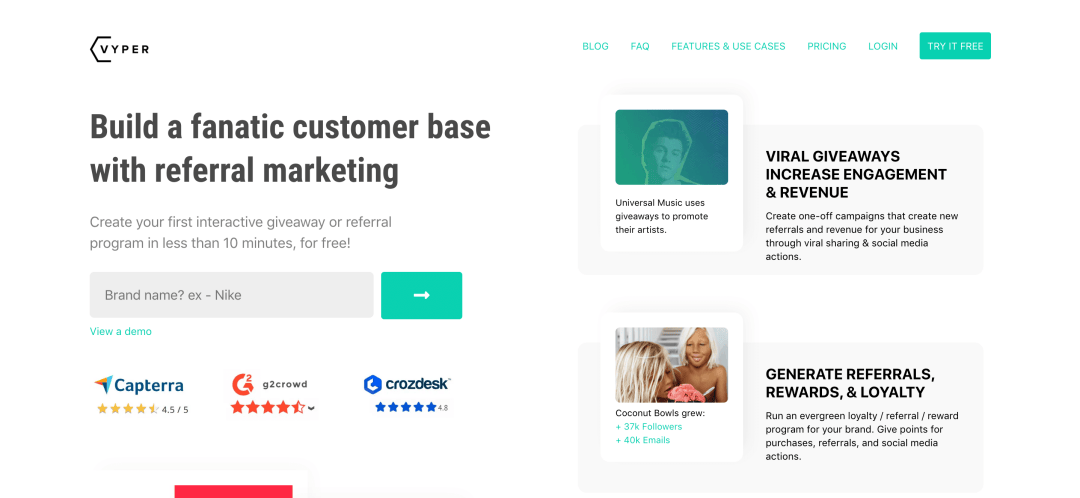
6. The Branding hack
It basically means getting your brand and its USP featured within the operations of the product as a free advertisement.
This hack was best used by Hotmail in 1996 when it had around 20,000 subscribers.
It opted to market its service directly to the friends, family, and colleagues of its users by adopting a fairly simple strategy – Put a clickable tagline at the end of every mail sent from its platform saying, “Get your free email from Hotmail”.
When the recipient of the email clicked on this tagline, he or she got directed to the signup page of Hotmail.
This growth hack alone skyrocketed the company user base to 1 million users within 6 months of its implementation.
Implement it by featuring heavy to light branding within a freemium business model.
Your branding is featured when the user uses the free plan of your product.
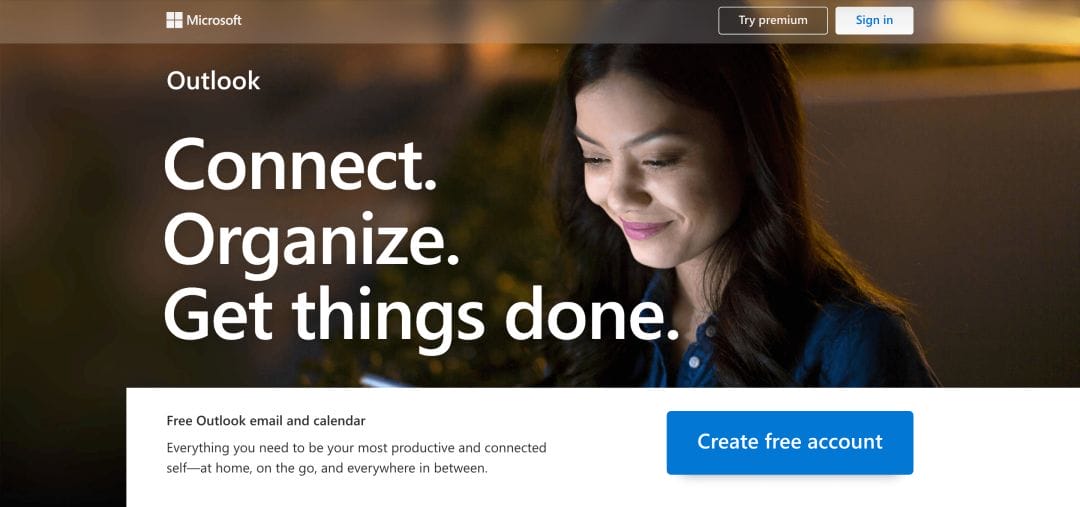
How to apply this growth hacking strategy for your startup?
To implement this growth hack for your startup business, create a coming soon landing page with some exciting copy that incentivizes the user to sign up for launch updates.
Once they sign up, make them re-direct to a viral waiting list page. You can use Vyper to get this done. On the waiting list page, show them their position on the waiting list.
Next, incentivize them to climb higher on the waiting list by offering rewards for people who will be on top 10 or top 20 of the list on the product launch date.
These points can be awarded when the user does an action like your page, share your blog post, or follow you on Twitter.
Also, make sure that the rewards on offer connect with the problem that your main soon-to-be-launched product solves.
It can be giving upgrades in personalization, swifter delivery, or complementary products to make the original product more impactful.
All this will make your channels grow while making your users highly engaged and excited about your product launch.
7. Create a viral waiting list.
Another very interesting growth hacking method filled with the vitality quotient is a viral waiting list.
Typically when you launch a product, you will create a landing page to describe it to a wider audience.
The hack here is to make use of this landing page one step further and take advantage of it even before the product launch.

How to apply this growth hacking strategy for your startup?
The idea is to turn your landing page into a viral waiting list.
To implement this growth hack for your startup, you can use a tool like Vyper or ReferralHero.
What it does is it places your subscribers into a queue, which enables you to create a rewards-based program.
So suppose a user gets enticed by your offering and signs up for your launch updates, he/she will be displayed the position they are on in the waiting list.
Here, you can create a rewards program and announce whoever is on the top 10 of the waiting list, will get a special reward (the reward can be a webinar, an exclusive ebook, exclusive add-on, whatever corresponds and resonates best with your product).
The rules for climbing the waiting ladder will be to share the page on Facebook, tweet about the product, etc.
This will create virality and popularize your product message, thus increase its hype and curiosity before the launch.
The end result will be higher customer/user acquisition even before launch.
The app will turn them into your brand ambassadors.
British growth hacker Vin Clancy used this growth hacking method prior to launching his book, Secret Sauce, thus creating the most successful Kickstarter program for the niche of growth hacking.
This growth hack was also used by Mailbox.
After downloading the Mailbox app, you would be told exactly which number in the queue are you.
8. The Referral hack also known as the ‘Dropbox hack’.
This is a highly effective hack and though Dropbox did not invent this method they surely are one of the most famous examples of this hack, as they successfully increased their sign ups by 60% by using this simple hack.
Anyone who signed up for Dropbox got an option to increase their storage space by inviting their friends to try the product.
The minute the referred friend signed up for Dropbox, the original user received more storage.
But what were the incentives for the referred friend to sign up?
Dropbox offered extra cloud storage to the referred friend too if they signed up using the link given by the original user.
As mentioned, this increased the sign ups dramatically and generated viral demand for the links among friend circles.

How to apply this growth hacking strategy for your startup?
This hack is perfect for SaaS companies which work on some sort of credit per month basis and can be implemented by using a tool like EarlyParrot. One key point to Dropbox’s success is the deep integration of their referral program within their SaaS.
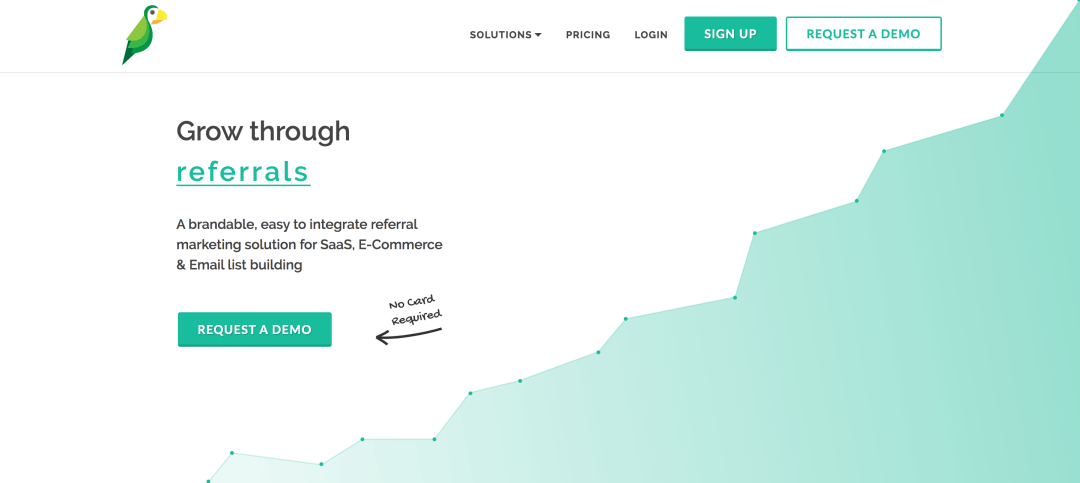
9. The Data fuelled growth hack
Ask any growth hacker and they will say data analytics is by far one of the best resources they can have at their disposal.
This is because seeing the correct data can tell you a lot about what is working in a business, what is not, and what needs to be done.
Twitter used data to solve an onboarding problem it faced early on in its life.
Twitter found out that a new sign up will likely become a core user if it follows 30 or more people.
Following this, Twitter started to focus on suggesting new users an option to import contacts in order to hit this number.
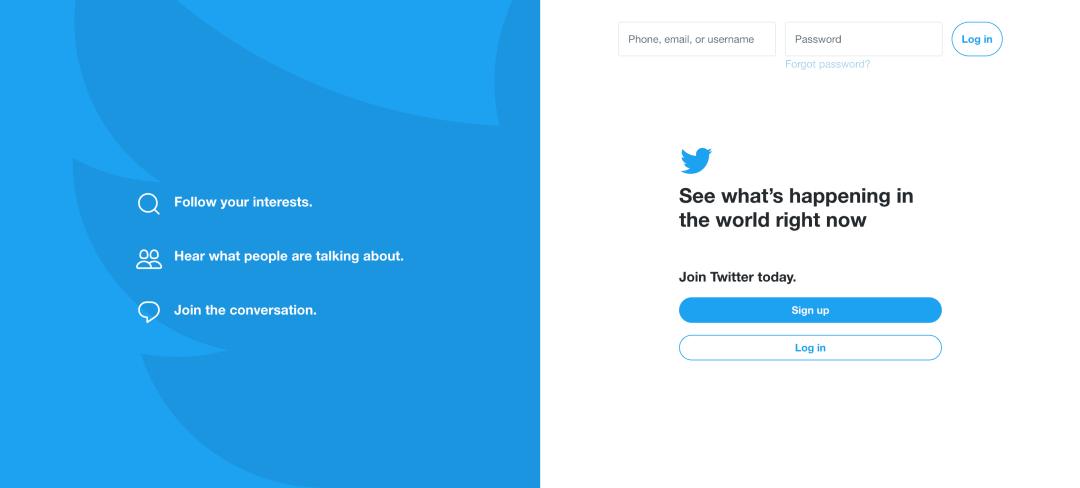
How to apply this growth hacking strategy for your startup?
To implement this growth hacking strategy, start by studying your analytics and data.
Use the freely available Google Analytics to study how your users are interacting with your website and what pages are most popular.
Next, you can go pro by using a freemium heatmap tool like Hotjar to study the aspects of your site where users are most engaged and also the areas where they are dropping off.
Also, you can use Hotjar to create user feedback surveys, asking people to rate various features and aspects of your site, and inviting them for suggestions.
All of this will give you enough ideas to optimize your product for growth.
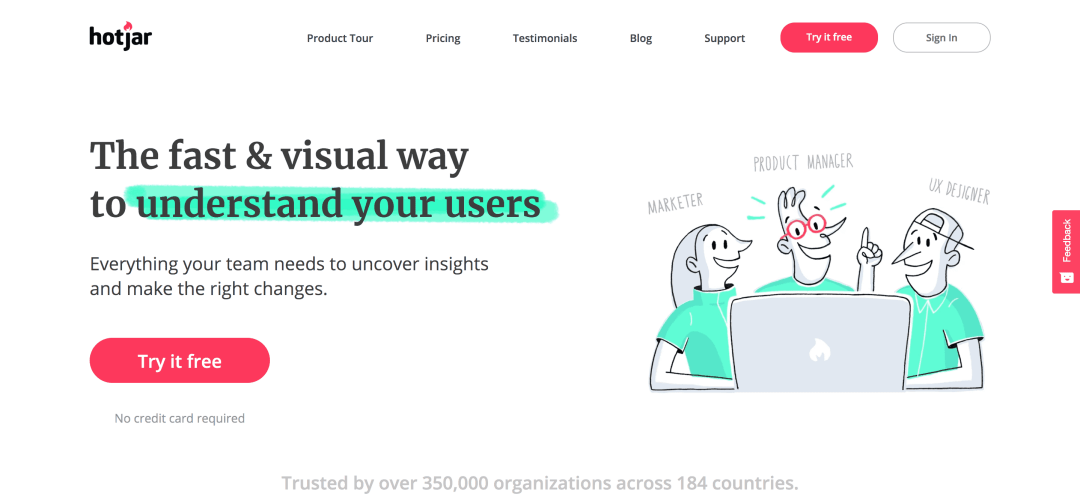
10. Seed the initial content.
A lot of famous companies and products used this technique to generate Initial user interest and eventual traction.
Create as much content as possible internally and put it out there on your website.
This method is especially useful for platform based websites which rely on user generated content.
The founders of Reddit used this tactic to fill their UGC based site with the initial content which acted as an incentive for other users to start creating their own content on the site.

How to apply this growth hacking strategy for your startup ?
You can implement this growth hack if you are mainly a content-based company.
For example, if you have a blog, you can start by publishing a bunch of articles initially and promote them through cheap FB and Twitter ads.
Below the article, you can have Call-To-Action inviting readers to write for your blog with a link taking them to your “write for us” page.
On the “write for us” page, you can list down all the requirements and invite the user to submit their content piece for your site.
11. Create exclusivity around your product.
People seek exclusiveness and rewards.
Hence, one way to make your product sought-after by many people is by restricting its access and not giving it to them too easily.
If you can make prospective users perform a certain task or work in order to “earn” your product, then they start seeing your product as a reward and thus position it as such.
Another way is to restrict access and create an ambiance of “inner circle” built around your product so that one can get access to it only through an invitation.
Gmail used this approach by letting only invited individuals to sign up and use its product.
This ‘entry by invitation only’ approach created a huge curiosity and demand for the product as it was not accessible to all.
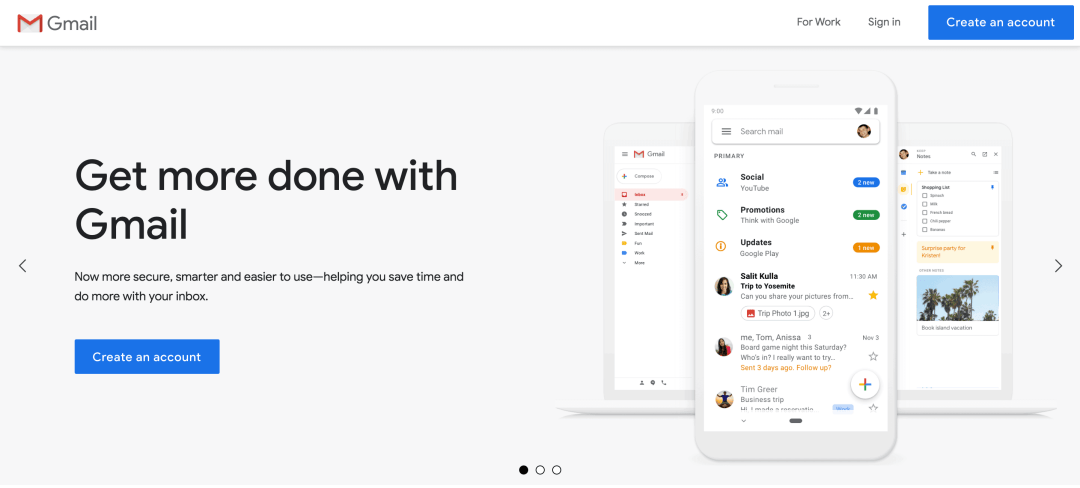
Another famous startup which skyrocketed through this growth hack was Pinterest.
Exclusivity fuelled desire and led to explosive growth for the social media platform.

How to apply this growth hacking strategy for your startup?
To implement this strategic growth hack for your startup, think of aspects of your product that you can make gated with VIP access.
Think of a secret plan, or a higher than premium plan, which is only available for access once a year.
This kind of exclusivity will create intense demand for your product.
12. The ‘Tinder’ growth hack
This is a very interesting hack which involves first targeting the right network (most preferred users who will drive other users) and then installing an incentive tactic as a method to get these preferred users involved with the product.
After this is done successfully, the presence of the preferred users will drive more highly engaged users into the product who will now see the product at a higher value.
Tinder used this interesting tactic to grow its initial base of most preferred users.
They organized exclusive frat parties at colleges and allowed entrance to only those students who downloaded the application.
Once these hip and influential frat users were onboard and started using the app, it attracted other users towards the platform to interact with them for hopes of finding a match and so on it spread across the United States.
Tinder targeted sorority girls as its early adopters. They would go to sorority chapters, give a presentation and have all the girls in the meeting install the app.
After that, they would go to the corresponding brother’s fraternity and make them open the app to see a platform filled with cute girls, which got them interested in using the app.
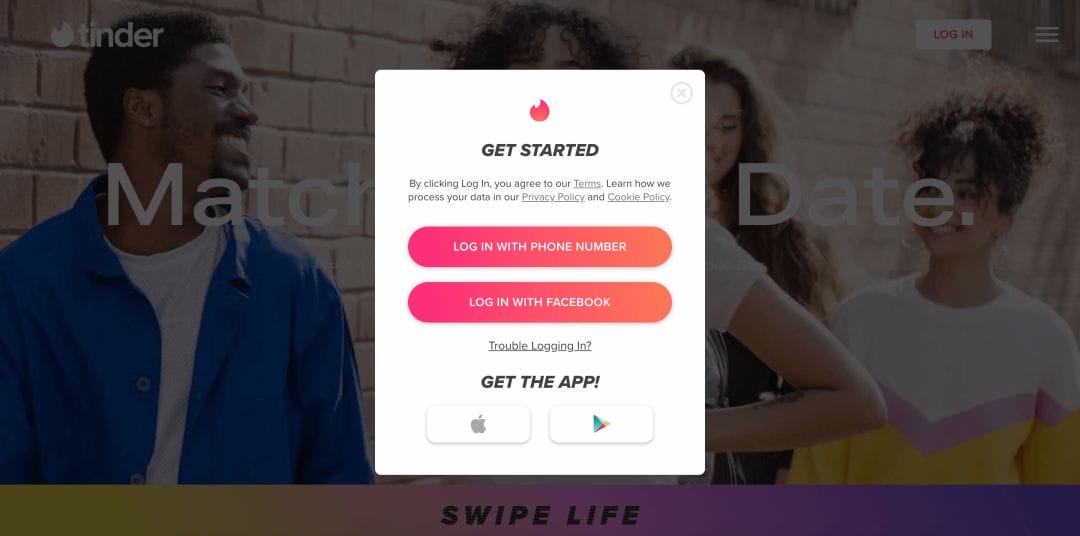
How to apply this growth hacking strategy for your startup?
You can implement this growth hack by targeting your most preferred users (users whose onboarding will increase the value of the app and bring more users which in a dating application’s case are female users) at places where they are likely to be and incentivize them in some way to come onboard.
This event will trigger the network effect to take shape and bring in more users who will now see the platform having a higher value and thus engage more with it.
Another way to apply this growth hack can be to distribute your product to influencers in exchange for an honest review or shoutout.
The influencers will then post on social media about your product or be seen using it by their large fan base, thus leading to mass promotion and reach for your product.
And with this point, we finish our list. As you can see, growth hacks by design invoke creative, unorthodox tactics as means to achieve growth.
A lot of them are not conventional, but I guess that’s what makes it all the MORE FUN!
Tell us what you think of these growth hacks and SHARE these famous stories behind them with your friends.
Have a famous growth hack story which you would like to share and get featured for? Share it in the comments section.
Abhik Shome
Abhik helps entrepreneurs shorten their path to online growth with conversion marketing. He is a leading conversion marketing expert and online marketing thought leader. As CEO of Brand Bridge Solutions, an online marketing agency, Abhik's content has been featured in mainstream media outlets like Inc Magazine, Business Insider, Inc ASEAN, YourStory, and Influencive among others. Abhik is the Founder of The Starting Idea, a business growth magazine focused on giving fast-paced actionable marketing strategies to the modern day entrepreneur. He is also the founder of Product Know, an exclusive library of business software and resources. He has recently authored the book “The Growth Toolbox” covering 210+ tools to grow every aspect of a modern day business. Get it for FREE here. His blogs and articles have been shared and appreciated by top industry experts including Larry Kim, Founder of Wordstream & Mobile Monkey.

